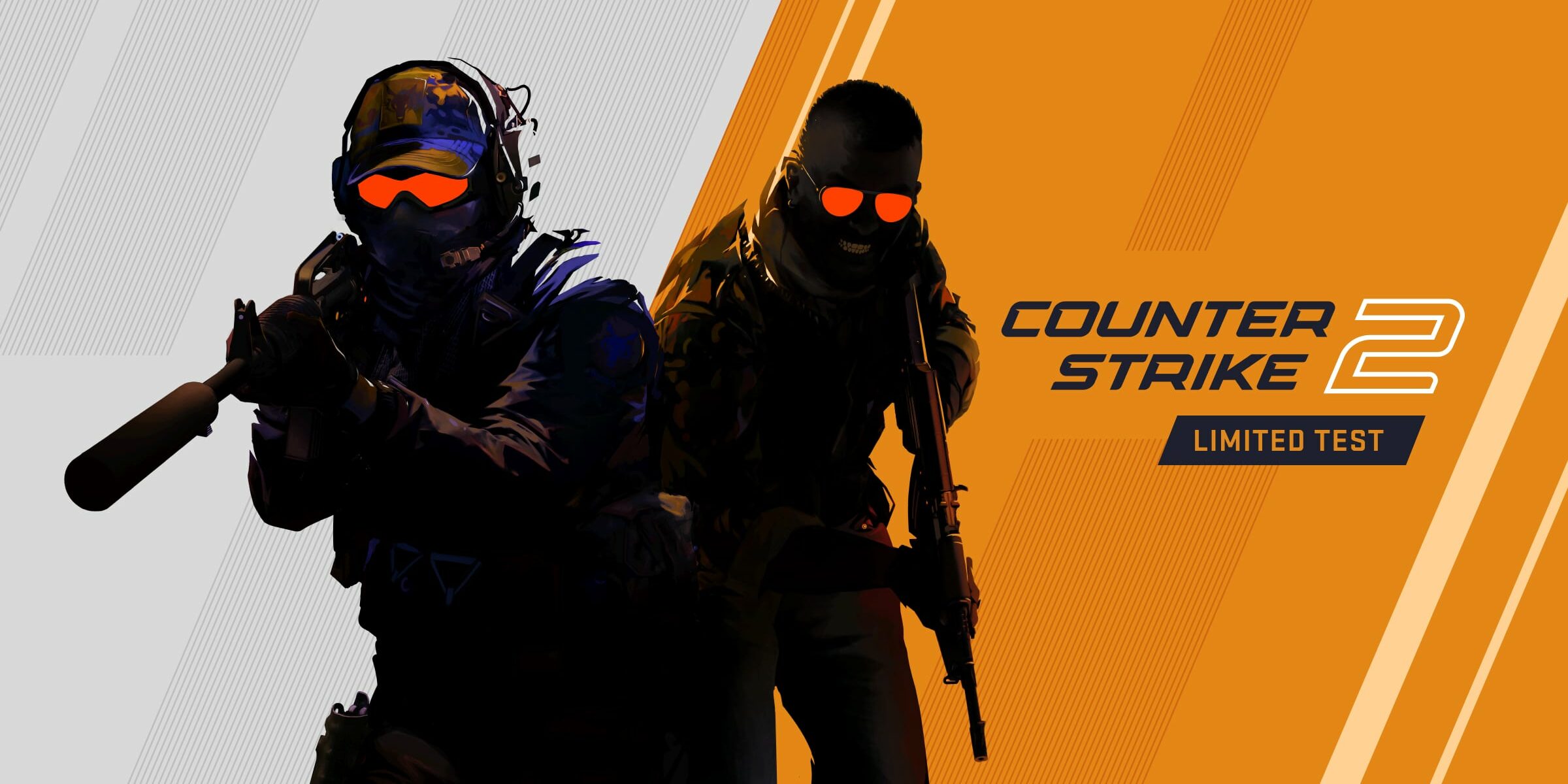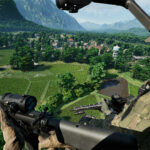Counter-Strike 2 Key Takeaways
- Counter-Strike 2 will be released during the Summer of 2023. It is currently in a very limited beta.
- Maps from CS:GO will either be completely rebuilt using the new engine or receive a cosmetic touch-up
- An improvement to tick rate will allow the servers to immediately reflect your in game movements
- Smoke generated from Smoke Grenades will now interact with the environment
Table of Contents
The highly anticipated sequel to the iconic first-person shooter game Counter-Strike: Global Offensive, is finally on the horizon. Counter-Strike 2 promises to deliver an elevated gaming experience while preserving the essence of its predecessor. Fans of the original game are eager to see how this new iteration evolves the gameplay, graphics, and overall experience. In this blog, we’ll dive into what we know about Counter-Strike 2, exploring its features, expected release date, and what it could mean for the future of competitive gaming.
Looking to secure a team before Counter-Strike 2 releases this summer? Download the Z League app, where you can register for tournaments, post your highlights, and find teammates using the newly improved LFG feature! More details here!
Counter-Strike 2: Release Date
Valve has confirmed the release date for Counter-Strike 2 as Summer 2023. The game will be available on Steam and provided as a free upgrade to current CS:GO players.
To be considered for the Counter-Strike 2 limited test, players need to meet certain criteria as defined by the Counter-Strike 2 development team. Factors include recent playtime on Valve official servers, trust factor, and Steam account standing. Selected players will receive a message prompt when they next boot up CS:GO.
Counter-Strike 2: Map Changes
Counter-Strike 2 promises to bring an elevated gaming experience while maintaining the classic gameplay and features we all know and love. A significant aspect of this evolution is the changes to the maps in the game. Valve has categorized these map updates into three groups: Overhaul, Upgrade, and Touchstone. Let’s explore these map changes and see how they will impact the player experience.
Overhaul: A Complete Map Makeover
Overhauled maps are designed from scratch using the powerful Source 2 engine. One of the examples of an overhauled map is Overpass. These maps feature updated and vibrant textures, bringing life and detail to the familiar scenery. While the layout remains mostly the same, with perhaps a few extra objects added for visual depth, the improved Source 2 rendering makes the entire map feel fresh and new.
Upgrade: A Visual Boost
Upgraded maps are not entirely rebuilt, but they still take advantage of the improved rendering and lighting capabilities of the Source 2 engine. These maps receive substantial visual enhancements, such as realistic materials, lighting, and reflections, without drastically altering the gameplay. The overall look and feel of upgraded maps will be noticeably better, while still preserving their familiar layout.
Touchstone: A Subtle Change for Classics
The least affected maps in Counter-Strike 2 are the Touchstone maps. These maps maintain most of their original features, including textures, while only receiving the new Source 2 lighting. Touchstone maps are essentially the classic maps, like Dust2, that have stood the test of time and are cherished by players worldwide. The aim is to keep the nostalgic feel intact while giving them a slight visual uplift.
Improved Tick Rate in Counter Strike 2
A significant update in Counter Strike 2 involves the implementation of “sub-tick updates.” According to Valve, these updates ensure that “tick rate no longer impacts movement, shooting, or throwing.” This is a bold claim indeed.
Tick rate, the frequency at which a server updates to represent in-game actions like movement and shooting, is crucial in FPS games. A higher tick rate is preferable, as it results in more frequent updates. Increased updates enable in-game actions to be displayed more quickly, helping to counteract peeker’s advantage. Peeker’s advantage refers to the edge a player might have on a low tick rate server when rounding a corner, as they would spot the enemy on the other side first.
With the introduction of sub-tick updates, Counter Strike 2’s servers will immediately reflect actions like shooting, moving, or throwing in-game. This eliminates the delay between ticks for these actions that was present in CS:GO (where official servers were 64hz) and should make online competition feel more balanced.
Responsive Smoke
Smoke grenades play a crucial role in Counter Strike, as they obstruct lines of sight and facilitate team movement across the map. Mastering the art of perfectly placing a smoke grenade can make the difference between victory and defeat.
In Counter Strike 2, smoke grenades are undergoing a major transformation. The smoke they generate will now interact with the environment, wrapping around objects and filling smaller spaces. For instance, when deployed in a narrow corridor, the smoke will expand to cover the entire area.
The new smoke is much more dynamic compared to the static version found in CS:GO. In Counter Strike 2, bullets can be used to create openings in the smoke, revealing lines of sight that can be utilized to spot enemies.
Additionally, grenades can be employed to disperse sections of smoke, eliminating a crucial protective barrier for opponents as they navigate the map.


